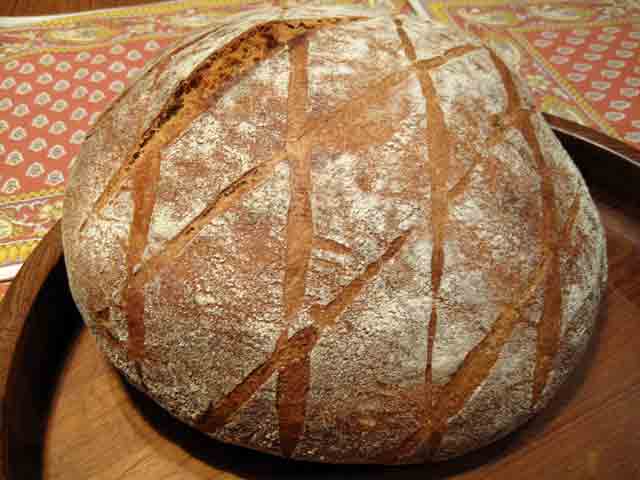Cranberry Chocolate Banana Sourdough Boule
My son has been begging for banana bread. I have been obsessed with sourdough boules. So I found the recipe for Cranberry Chocolate Sourdough on SourdoughHome. As you can already guess, I decided to make it, adding the bananas. It was a mixing nightmare, super elastic dough, smushy bananas & boiled cranberries refusing to be mixed in. So I just kind of squished it together and over 3 hours attempted some S&F's. After 3 hours it finally relaxed & I was able to shape it into a kind of boule and bake it. Pictured are the results. I th
- Log in or register to post comments
- 1 comment
- View post
- oceanicthai's Blog


